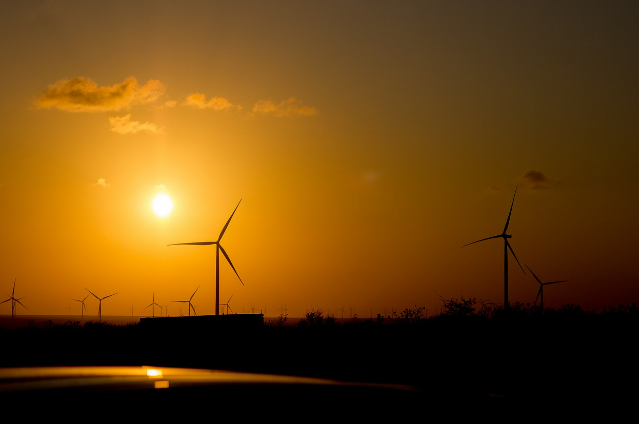Introduction
Concrete jungles are described as a city or urban area which has a high density of large, unattractive, modern buildings and is perceived as an unpleasant living environment. This truly sums up the current state of many cities and future of others. The dense canopy of trees are replaced by the skyscrapers and huge buildings the cars and trucks are the lions and elephants of the jungle and bikes and rickshaws are the deer and antelopes. But does this concrete jungle give us fresh air? Is mankind truly happy? Is it justifiable to destroy homes of animals? Can the concrete jungle replace the natural jungle? The answer to all these questions would be no.
If cities are quintessentially human, they are also shockingly unnatural. Living in cities is correlated with an urban psychological penalty, manifest in higher rates of stress, psychosis, and depression.

A look at the statistics
One study has predicted that a new area of 1.2 million square kilometers by 2030, the size of the country of South Africa, will be developed for urban purposes. We are now designing the cities and neighborhoods of the future, on a grand scale. According to one estimate, more houses will be built in the next two decades than in several centuries in Europe.
Many Indian cities are well below the UN-recommended standard of 9 square meters of green space per capita, including Mumbai (1.24 square meters /person) and Chennai (0.81 square meters /person). Even Bangalore, known as the 'Garden City', lives poorly with only 1.9 square meters of green space per person.
The Urban Century
The Urban Century From the beginning of the 20th century to the present, urbanization has gradually dominated the political, economic, social, and cultural contexts of the contemporary world. To be urban is to be modern, and the development of modern social theory revolves around the use of the city as a research laboratory. Two decades into the 21st century, features of urbanization such as density, resource extraction, environmental degradation, and severe social inequality seem to have become commonplace under other geopolitical conditions and require immediate attention.
Why is our attention needed?
By providing shade to our residential areas, trees can reduce the energy consumption of households; by filtering air pollution, trees help us breathe better; And with a quality that science doesn't fully understand, plants can reduce depression, magically reduce stress and even increase our lifespan!
Roads, footpaths and parking lots characterize urban areas that absorb and radiate heat. Any barefoot kid who dared to linger too long on a scorching summer driveway can attest to it. By trapping this heat, impervious surfaces can raise the ambient air temperature of cities – what scientists call the “heat island” effect.
Life on a heat island is not a vacation. Higher temperatures require more energy to keep buildings cool, and increased energy demands, when produced with fossil fuels, can increase ozone production and pollutant emissions, thus the tower affects the health and comfort of city dwellers.
As the name suggests, impervious surfaces are impervious to water - like a shield, they are very hard to penetrate and prevent passage. This includes water. When it rains, it finds no way to reach the ground and the groundwater below. Instead, rain flows down the roadway, carrying chemical residue, debris, and other contaminants along the way before flooding nearby creeks as rainwater runoffs
By blocking the natural infiltration of rainwater through the ground, an impermeable coating disrupts the water cycle – flooding local waterways with excessive rainfall. In urban areas, between 30 and 40% of rainfall flows directly to the nearest water source, compared with less than 5% in forests.
The result is increased erosion and pollution that affects the health of waterways, degrade natural habitats and increases remediation costs at water treatment plants.
– Joni Mitchell, “Big Yellow Taxi”
Small steps for a bigger solution

- Conserving Energy
People have the misconception that they have to turn the air conditioner down to 18 degrees to feel cold, but research shows that the optimal comfortable temperature should be 25 to 27 degrees; Lowering the temperature to 18 degrees will only increase your energy budget. Instead of turning it down, we can leave it at 25 degrees and turn on the fan. This combo is 18 degrees more effective. If we don't want the AC option, we can either make a green roof or have reflective material on the roof to reflect the heat. When it comes to electricity, there is one common thing people do. They put the TV on standby. It consumes more energy; so if are not watching TV, we could just turn it off.
- Basic Lifestyle Adjustment
What we're trying to do with the faucet is we want the full volume to come out, but it's completely useless. We should equip additional devices to regulate the flow. Similarly, new shower technologies mix air with water to create volume; so you will have a soft feeling like water without much use. See if we could reduce the capacity of a 30-liter single-flush toilet to 10-12 liters. This is possible with the latest technologies. Reuse water: Every time you wash vegetables, you can use water to water your plants.
- Short-distance travel
If people realize that they need to reduce short-distance travel such as transporting their children, they can not only reduce their impact on emissions but also improve their health. Nowadays, people increasingly use vehicles for short distances. If possible, we should require public transport, or walk and cycle.
- Increasing green pockets in the cities
The local government should manage and protect urban biodiversity in the city, including natural areas, public parks, residential gardens, streets, and rooftops, and every individual should contribute to this by planting trees whenever possible.
These are all options that make us increase our ecological footprint, but if we are aware, we could also increase the natural jungles.
